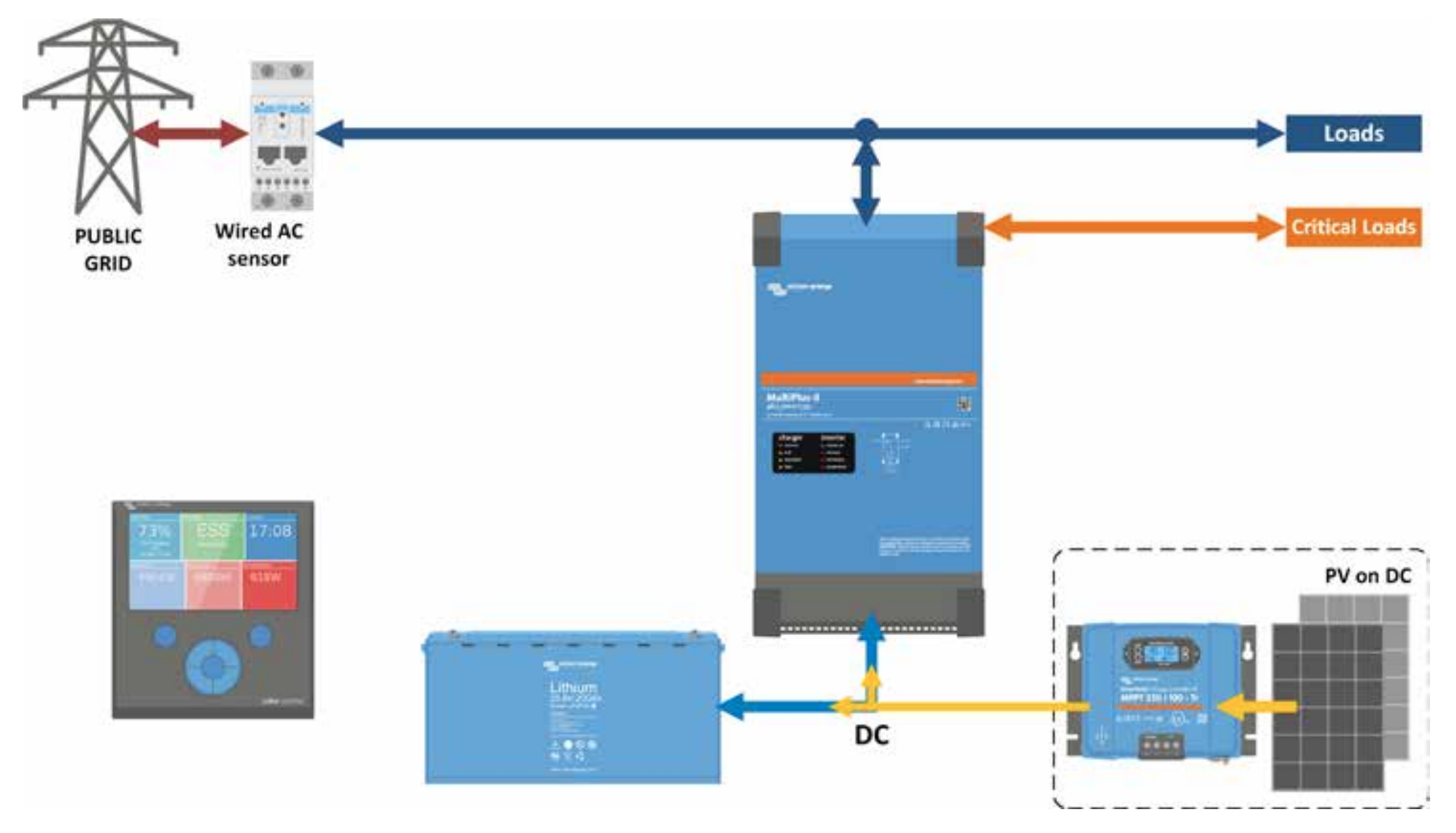Hi,
I am in the UK and designing a self-consumption ESS system with no feed in allowed. I am new to this and been spending lots of time reading, but there is one issue I can't find the answer to.
Sorry if this is long winded, but want to explain my thoughts.
I am looking at the following configuration:
- Multiplus-ii 48V/8000VA/110 230V inverter/charger
- Cerbo GX Controller with ET112 Energy Meter (to support the no feed in I hope)
- 4 x PylonTech US3000C 48V batteries in parallel (total 14.2Kw)
- MPPT 250/100 connected to 16 x 400w sunpower maxeon 3 panels in a 2S/8P configuration (6400W vs MPPT rated 5800W)
If I have done my maths correctly, the panels could produce (via the MPPT) a maximum of 151A charging current at 48V (the input amps are well within the limits of the MPPT with voltage at 174V and 27A) but this will be limited by the max 100A output of the MPPT if the panels are reaching maximum. Due to the panels facing south east and being on a 20 degree roof, I don't expect to ever reach peak output but could get to 90-95%.
The 4 x PylonTech batteries in parallel will take up to 148A charge (4 x 37A) so again, charging is limited by the MPPT. I will be adding additional battery units in the future as budget allows.
What are my options?
If I split the panels over 2 x MPPT 250/85 I would get the max output from the panels which would allow charging of the batteries faster but is there then an issue with the 110A charger limit of the Multi-plus? Does the 110A only refer to the Multiplus charging the batteries but the inverter can draw more current (i.e. 6400W/48V being 134A ish) so would be able to use more of the output from the panels to support the load rather than being limited by the 100A of the single MPPT 250/100?
Thanks in advance for any help or advice.


